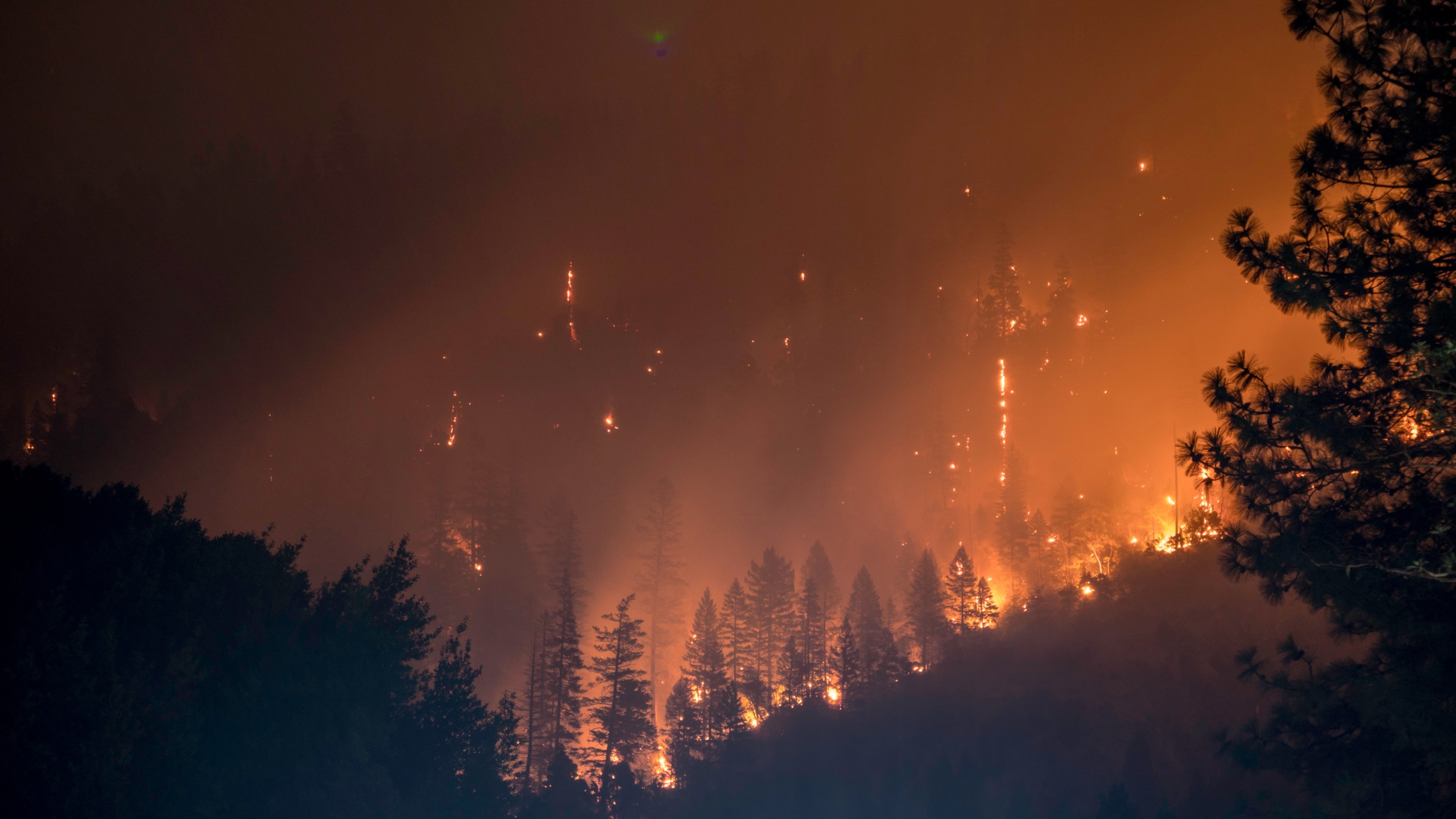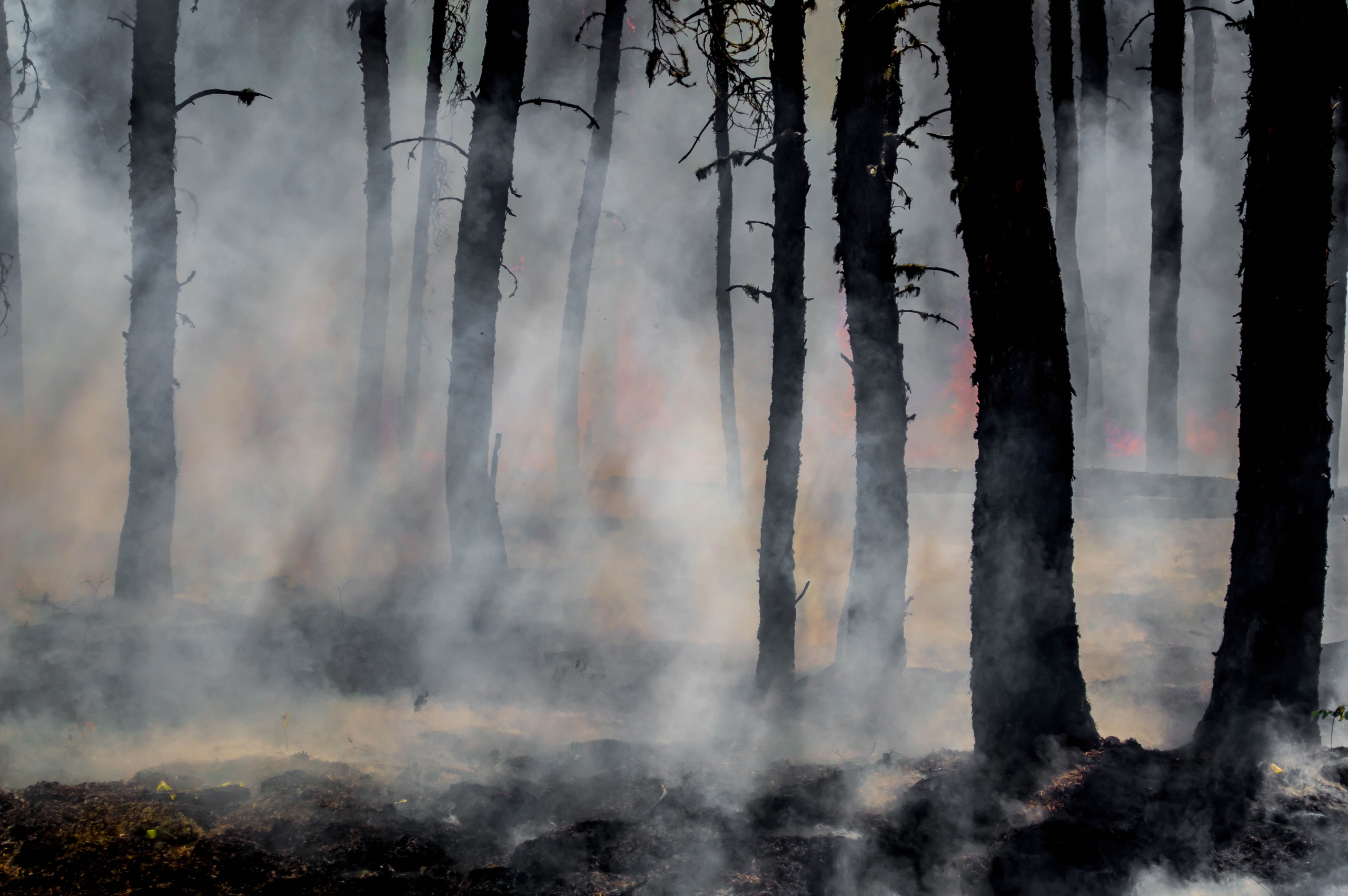NICK COWDY / Residential Sales Consultant, Principal Agent
Key tips to remember:
- Create safety zones around your house to act as a barrier against fire.
- Plant low-flammability plant species around buildings.
- Keep your lawn mown and well irrigated, your gutters and roof clear of debris, and choose low-flammability plants.
- Make sure your driveway clearance is at least 4 metres wide and 4 metres high to allow access for emergency vehicles.
- Check the wildfire risk regularly, and think about when you do particular activities to reduce the risk of an accidental fire.
Summer brings with it the beauty of warm weather, but also heightens the risk of wildfires, especially for rural properties. While certain areas are at a higher risk, there are effective measures you can implement to safeguard your home from the ravages of wildfires regardless of where you live. This guide delves into the concept of ‘safety zones’ and other crucial strategies to protect your property.
Safety zones are pivotal in wildfire defence. They are areas around your home where flammable materials are either removed or significantly reduced. This not only disrupts the continuity of materials that can feed a fire but also slows down its spread and lessens its intensity, thereby increasing the chances of your home surviving a wildfire unscathed.
Here’s how to effectively establish these zones:
Zone 1: Immediate Vicinity (0-10 Metres)
This zone is your first line of defence and requires the most attention.
- Mow and water your lawns to keep the grass short and hydrated.
- Regularly clean gutters and remove debris like leaves and twigs. These can be potential ignition points for flying embers.
- Ensure this area is free of debris and other combustible materials.
- Opt for low flammability plants. Their ability to resist catching fire can be a critical factor in preventing the spread of flames. A list of low-flammability plants can be found here.
Zone 2: Extended Area (10-30 Metres)
This zone serves as a secondary barrier and should be managed thus:
- Decrease the number of trees and hedges, as they can accelerate the spread of fire. Ensure remaining trees do not touch each other.
- Keep this area clear of fallen branches, leaves, and other debris.
- Trim branches, particularly those near power lines or lower than 2 metres from the ground.
Embers, often overlooked, play a significant role in the spread of wildfires. These fiery fragments can travel long distances, igniting homes and other structures far from the main fire. By understanding the threat posed by embers and taking steps to mitigate their impact, you can significantly increase your home’s resilience against wildfires.
Things you can do to defend your home against embers are to use fire-resistant materials to block off areas under your home and deck, and fit vents with 3mm metal mesh, which can prevent embers from entering and igniting materials inside.
For those building new homes or undertaking renovations in fire-prone areas, selecting fire-resistant materials can make a significant difference. Materials like corrugated iron roofs, metal fences, and double-glazed windows can provide added protection against fire.
In wildfire defence, community effort matters. Engaging in discussions about fire safety with neighbours and local authorities can lead to better preparedness and coordinated efforts during a wildfire. This collective approach not only protects individual homes but also enhances the safety of the entire community.
Wildfires are a formidable force, but with careful planning and implementation of safety strategies, you can significantly bolster the defences of your home. From creating safety zones to being mindful of embers, each step plays a crucial role in protecting your most valuable asset. Remember, the key to effective wildfire defence lies in preparation and proactive measures. Stay vigilant, stay prepared, and ensure that your home remains a safe sanctuary against the unpredictable nature of wildfires.





